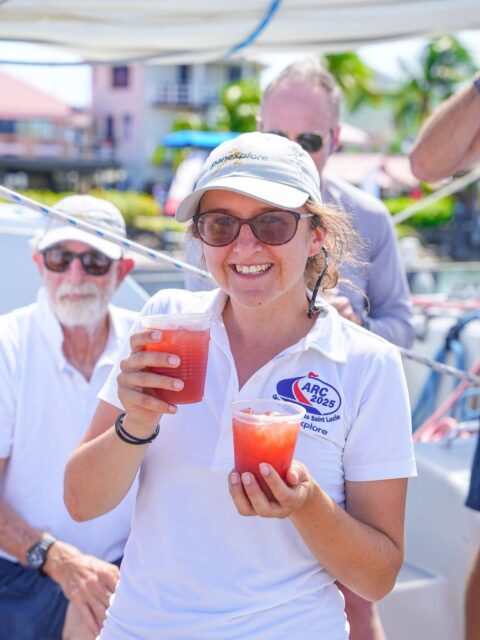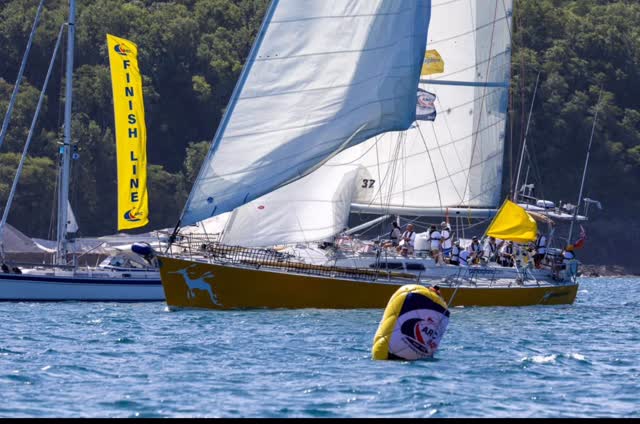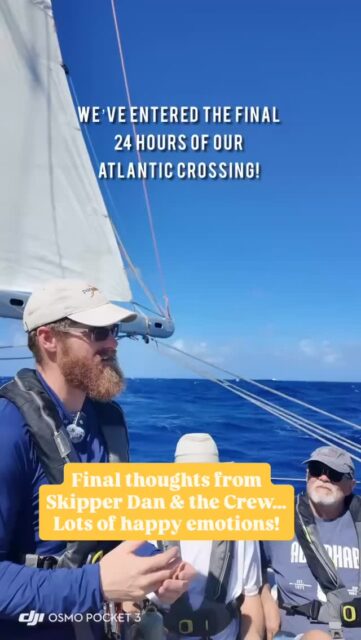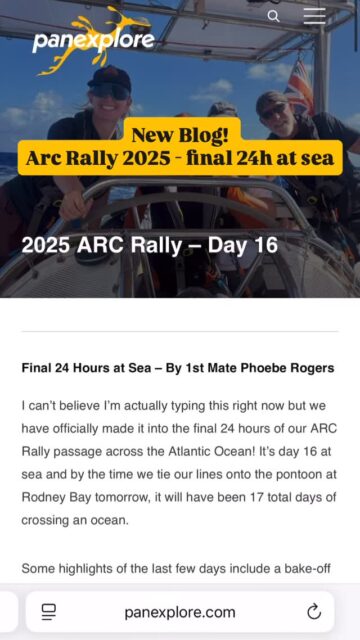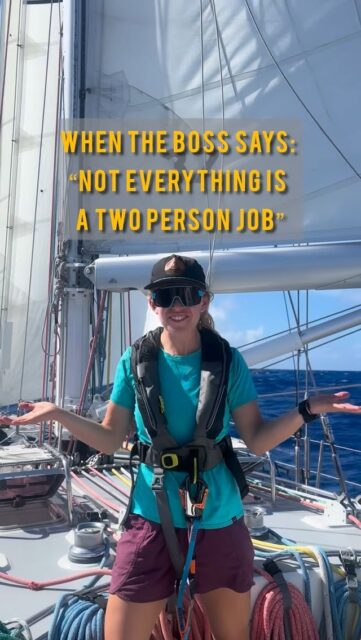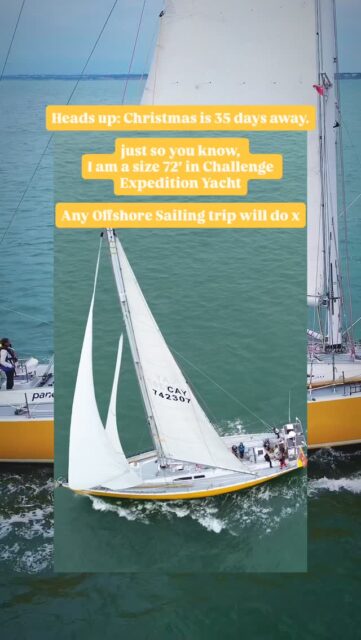One of the toughest parts of conservation, business, family life or any human endeavor seems to be facing reality. We all spend alot of time looking around the issues, skimming the surface and fighting on the margins. Staring down the problem in its unvarnished truth is as tough as it is necessary. What we really get paid to do is “go down the stairs, into the dark closet and face the monster.” There is nothing fun about this. It takes enormous reserves not just of courage, but also bloody optimism that seems to have absolutely no rational source. Good conservationists are good at this.
So it is with our dear “garbage patch”. The media, citizens, all of us are much too quick to talk about the marine debris problem in convenient terms of “patch”, “island” or “floating mass”…. you see a manageable picture of some semi-solid object – something we can just go out there and deal with. The truth is so, so much worse- beyond anything you can really imagine. There is no Island of Garbage. Its an infinite soup of semi-buoyant particles, breaking into ever smaller pieces distributing themselves across millions of square kilometers of ocean. Its an ocean that is not flat and calm (like the picture) but streaked with Force 10 storms, large swells, and extraordinary distances. It takes a 400,000 ton Cape Size freighter 50 hours at 20 kts just to reach land from a Gyre center. And if the mechanical and spatial extremes are not enough, these colored particles of plastic not only give off chemical toxins, they can also absorb them to concentrations 1,000,000x greater than ambient seawater. If only we had a simple physical island of debris…
One of our Pangaea/5 Gyres team has stared deep into the closet and had the nerve to call it like it is. Stiv Wilson was recently interviewed by Discovery News on his views. Stiv points out a few key points that define the reality of the “garbage patch”
1) Its much, much more sinister than most of us know
2) The size and geographic range preclude any attempt to clean it up in place
3) The total amount of debris could exceed 600 Billion pounds- enough to fill 630 of these Cape Max ships
And even if we could muster the maritime power to clean it up, the carbon emissions and bycatch of innocent marine life would completely overwhelm any environmental gain hauling the trash. Law of Unintended Consequences- which tends to happen when we don’t think things through.
The good news: Gyres do tend to spin out debris- which is why we see so much trash in places like the shores of Biscayne Bay Florida, Bermuda and the Azores. Islands and shorelines may be our best hope- acting as natural nets.
The important thing is not Stiv’s rough numbers, but our collective determination to face reality however unpleasant and frustrating. Only then can we get at the problem and fix this.

